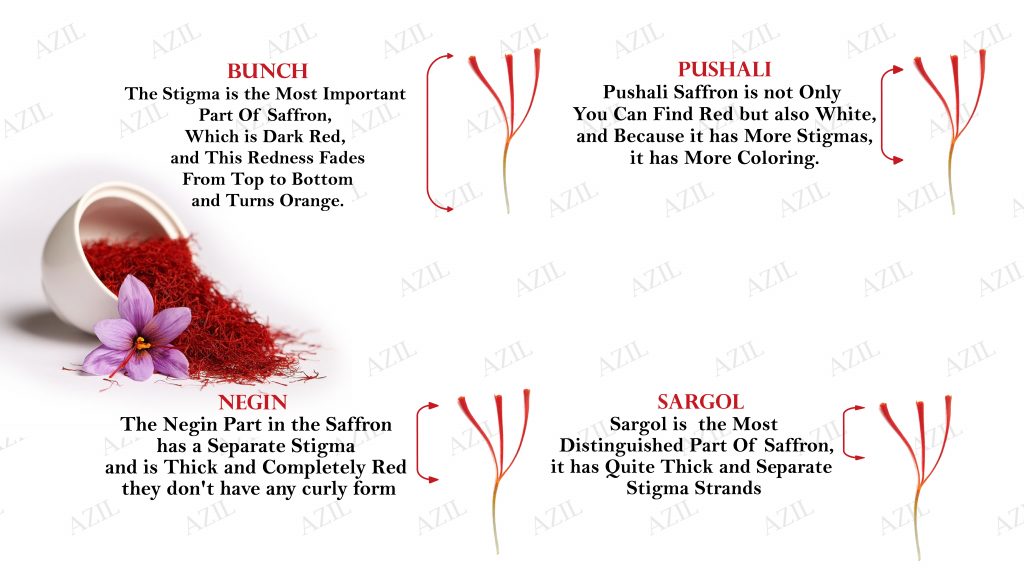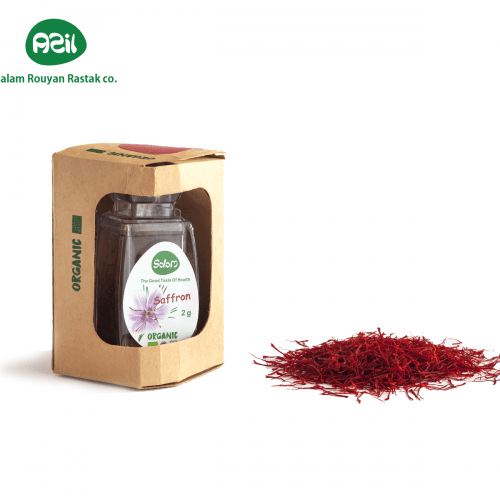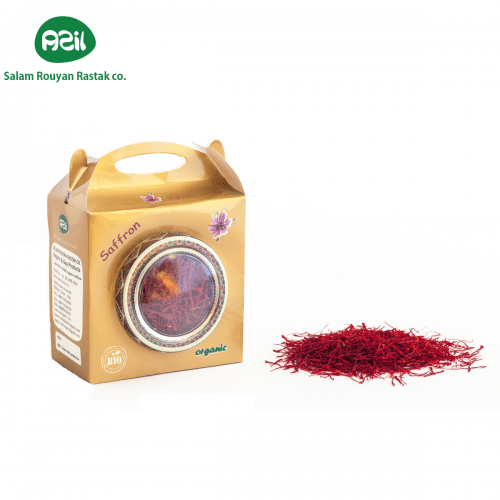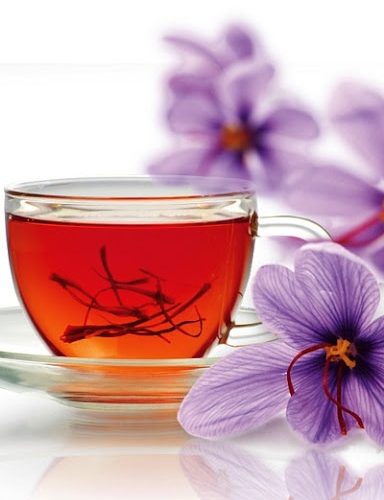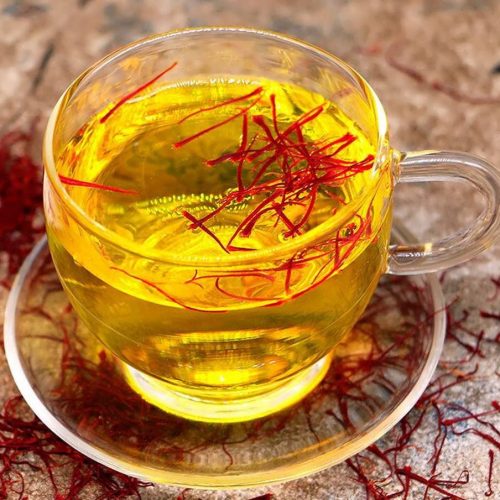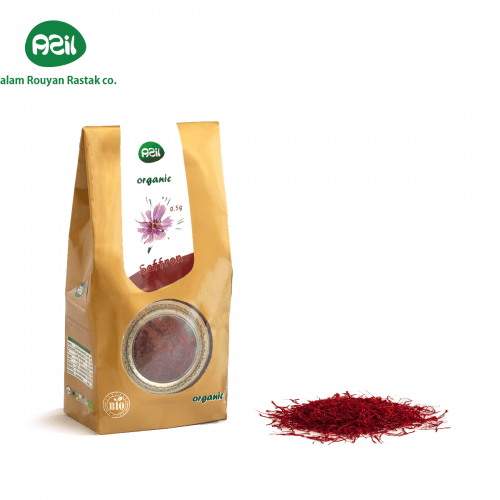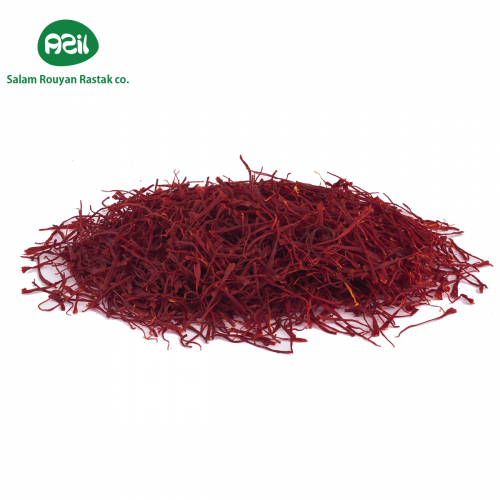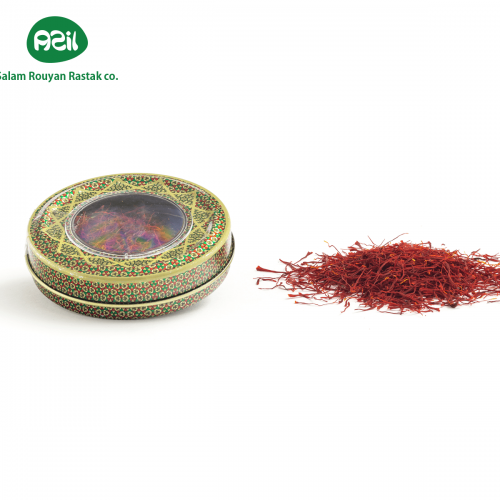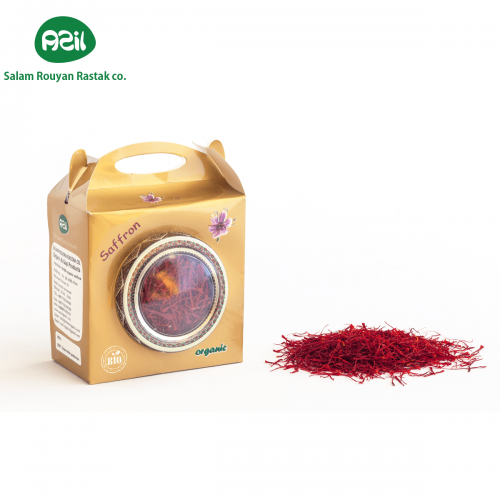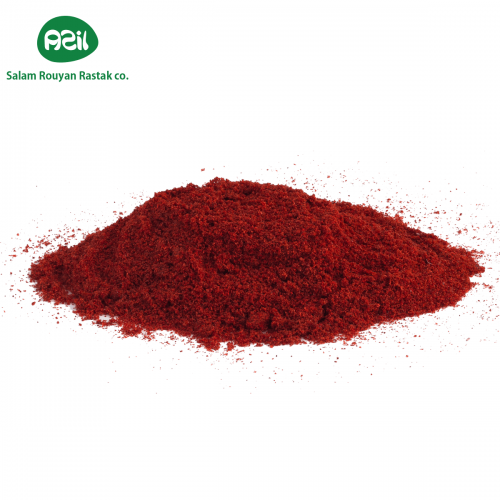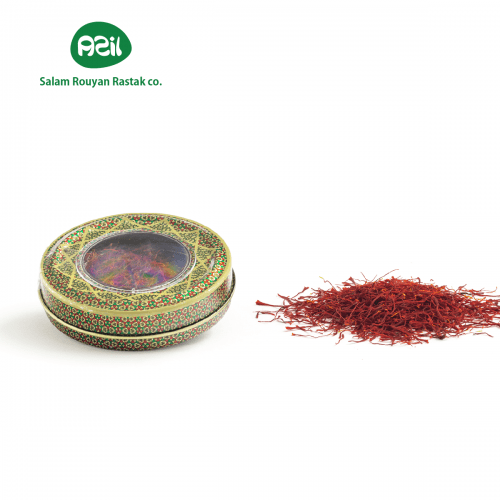saffron is a spice derived from the flower of Crocus sativus, commonly known as the ” crocus “.
The vivid crimson stigma and styles, called threads, are collected and dried for use mainly as a seasoning and colouring agent in food.
has long been the world’s most costly spice by weight.
Although some doubts remain on its origin, it is believed that saffron originated in Iran.
However, Greece and Mesopotamia have also been suggested as the possible region of origin of this plant:
Harold McGee states that it was domesticated in or near Greece during the Bronze Age. C. sativus is possibly a triploid form of Crocus cartwrightianus,which is also known as “wild saffron”.
saffron crocus slowly propagated throughout much of Eurasia and was later brought to parts of North Africa, North America, and Oceania.
contains some 28 volatile and aroma-yielding compounds, dominated by ketones and aldehydes.
An aroma chemical analysis showed that the main aroma-active compounds were safranal – the main compound responsible for saffron aroma – 4-ketoisophorone, and dihydrooxophorone.
also contains nonvolatile phytochemicals, including carotenoids, including zeaxanthin, lycopene, and various α- and β-carotenes.
When saffrons is dried after its harvest, the heat, combined with enzymatic action, splits picrocrocin to yield D–glucose and a free safranal molecule.
Showing all 8 results
-
Saffron Packaging ( Code 3 )
-
Saffron Packaging ( Bag Like – Code 2 )
-
Saffron Packaging ( Standing shape – Code 1 )
-
Azil Organic Bunch Saffron
-
Azil Organic Saffron (Negin)
-
Azil Organic Saffron (Pushal)
-
Azil Organic Saffron Powder
-
Saffron in Khatam Packing ( Code 5 )

